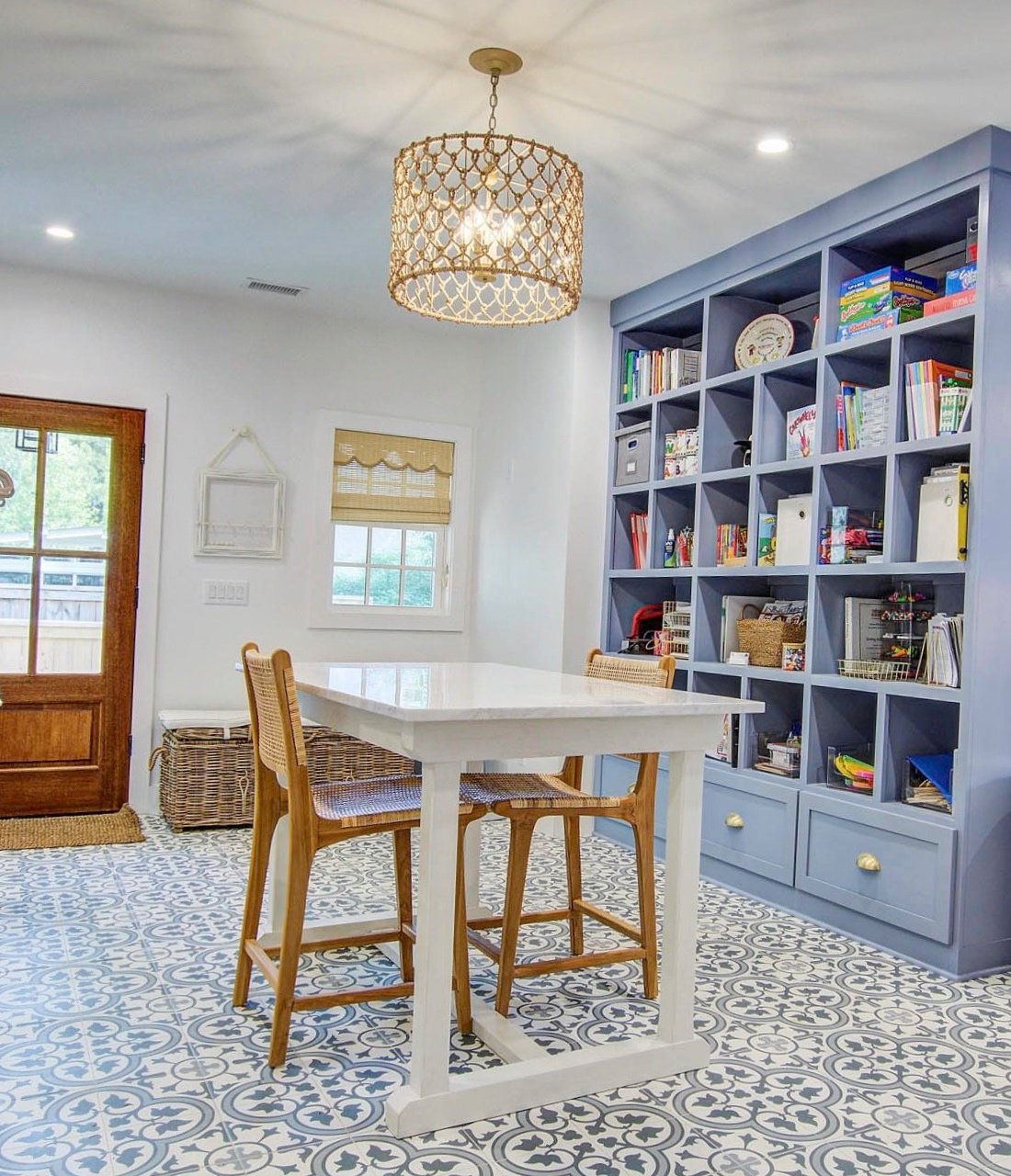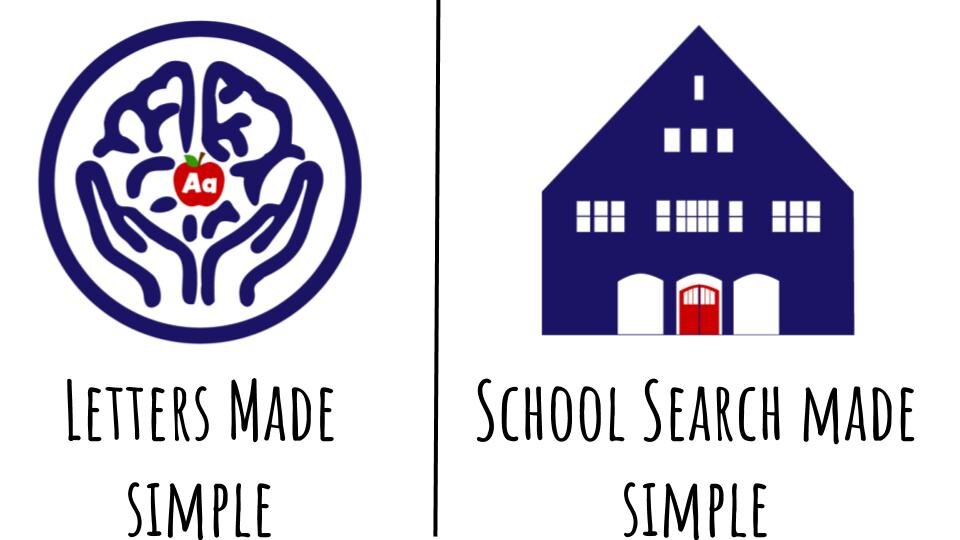
Letters Made simple
At Letters Made Simple, we take a lot of time to provide your child with an individualized learning plan according to his or her immediate and long-term needs. All our students have a primary diagnosis of dyslexia and/or dysgraphia.
We start with reviewing and discussing with you any formal educational evaluations that may have already been done. Recent schoolwork and teacher feedback are also helpful. Your child will participate in some additional informal and formal assessments to take a further look into his/her reading and writing abilities. You will then receive a summary of our assessment along with a snapshot of goals for your child’s individual sessions.
The bulk of our clientele attend private schools in the Charleston area. With permission from your school administration, we travel to the school to provide specialized instruction 2x a week at minimum. Sessions vary from 45-60 minutes in length, depending on each child’s capacity to sustain attention and scheduling logistics. This is a year long commitment at minimum and summer sessions are required typically at the child’s home.
Families will be provided with all supplies needed to support learning throughout the year. Students will receive a folder full of resources to use both during and after sessions, which will also serve as an avenue for communication between parent, teacher, and tutor. Parents and classroom teachers will get quarterly student progress reports with a list of skills mastered, goals reached, and recommendations for further progress. We value regular communication with schools and we will make ourselves available for parent-teacher conferences as able.
“He has been reading up a storm this week! It’s the week where they log their reading times for money to donate. I must say we didn’t expect our bill to be this high!”
-Parent of 2nd grader
Follow Us on Instagram: @lettersmadesimple
Handwriting without tears
Learning Without Tears, also called Handwriting Without Tears, was developed by an occupational therapist for children learning to write. It offers basic exercises in figure discrimination and top-to-bottom, left-to-right sequencing. With letter formation, it begins with capitals because unlike lowercase letters (p, q, b and d, for example), uppercase letters are easy to distinguish and children don’t mix them up as much. Cursive letters are formed in an upright rather than slanted position. The program is helpful if your child has significant writing impairments, physical limitations, as well as left-handed writers.
Letters Made Simple will do a handwriting assessment and support your child where he is while leading him to where he should be. If your child has not yet learned cursive or your school does not teach cursive, we will include this in your customized learning plan. For many children with dysgraphia, cursive writing has several advantages. It eliminates the necessity of picking up a pencil and deciding where to replace it after each letter. Printed lowercase letters begin in many different places. Some begin on the baseline, others at the top line, and some at the midline. This creates confusion for beginning writers about where to place the pencil. With cursive, all the letters start at the bottom which children with writing challenges embrace happily. Developing solid cursive writing skills will require less fine motor movement and support overall writing fluency, speed, and legibility.
Orton-Gillingham Instruction
The Orton-Gillingham approach to reading instruction was developed in the 1930’s by Neurologist, Dr. Samuel T. Orton, and educator & psychologist, Anna Gillingham. It was designed primarily to help with reading, writing and spelling. The Orton-Gillingham approach allows the teacher to recognize an individual student’s dominant learning style while delivering instruction that will aid in strengthening the remaining learning pathways. Teachings provide direct instruction, explaining what is to be learned, why it is to be learned, and how it is to be learned.
Orton-Gillingham is a language-based, multi-sensory, structured, sequential, cumulative, cognitive, and flexible approach. Phonemic awareness in the back bone of this proven method. The multi-sensory educational component integrates the three learning pathways which are auditory, kinesthetic, and visual. All language skills taught are reinforced by having the student listen, speak, read and write. Because this approach impacts all children, it is not limited to dyslexia and is beneficial for every type of learner.
If your child would benefit from Orton-Gillingham instruction based on an educational evaluation or teacher recommendation, we will do some informal and formal assessments to gain a better understanding of where they will begin in the Orton-Gillingham scope and sequence covering Levels 1-5. Letters Made Simple prides itself on using an approach that has an equal balance between both reading and writing in our instruction as well as consistent and frequent fluency practice.
Multi-sensory Writing
Writing is a crucial skill for reading and language development. Students develop writing skills at different paces and learning how to write involves many different tasks. Struggling with writing doesn’t mean your child isn’t smart. In fact, many children with high cognitive ability have a more difficult time getting all their thoughts on paper. At Letters Made Simple we use a variety of methods to help your child develop their writing skills and fill in any gaps where needed. We use a comprehensive way to teach writing and grammar and provide a differentiated and multi-sensory approach that is beneficial for every type of learner.











